Wild cannabis strains: Cannabis is an ancient domesticate. Because the species has been spread and modified by humans for millennia, it’s unlikely there are any pristine populations of truly wild Cannabis. As Ernest Small writes, “wild-growing plants of Cannabis sativa L., insofar as has been determined, are either escapes from domesticated forms or the results of thousands of years of widespread genetic exchange with domesticated plants.”
However, Nikolai Vavilov believed wild-type Cannabis has diversified naturally into distinct ‘races’. He posited distinct Central Asian and South Asian ‘Centres of Diversity’ in which Cannabis independently underwent domestication. After extensive study of herbarium specimens, McPartland and Small concluded that there is indeed a pattern of variation in subsp. indica that has been created by natural selection, not humans, which merits recognition as formal botanical varieties. In line with Vavilov, they identified two main wild-type populations, namely South Asian (var. himalayensis) and Central Asian (var. asperrima). These intersect around northern Pakistan and correspond, respectively, to the two main types of landrace (i.e., domesticate), namely var. indica (Sativas) and var. afghanica (Indicas).
Our wild-type accessions from northern Pakistan appear to belong to var. himalayensis. By contrast, because of the extensive introduction of various types of non-native cultigens to Kazakhstan, formally classifying the accessions named ‘Kazakh’ and ‘Siberian’ is challenging. Similarly, the history of Cannabis in Crimea is complex. If you’re wondering how all this relates to so-called ‘Ruderalis’, see this paper on the vernacular taxonomy and the new study on endangered indigenous populations by Small and McPartland.
Wild-type Cannabis is a crucial resource for crop breeders. These populations have a very broad genetic base and are likely to have developed numerous adaptations to disease, pests, adverse conditions, and extremes of climate. They’re also a potential source from which to recreate now-extinct domesticates (i.e., landraces). As yet, no significant efforts have been made by public or private gene banks to create adequate long-term stores of subsp. indica landraces, let alone of their wild-type relatives.
Seeds of wild-type Cannabis exhibit slow and staggered germination. Where cultivation is legal, see this ‘Note on germinating wild Cannabis seeds’.
Showing all 5 results
-
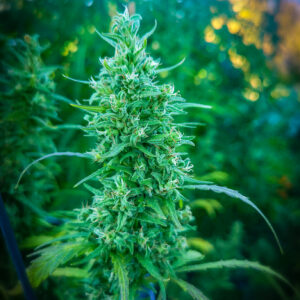
Kazakh
£19.49 – £38.99 Select options This product has multiple variants. The options may be chosen on the product page -
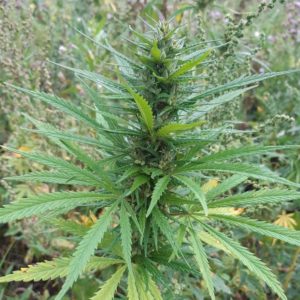
Kurgan
£17.49 – £34.99 Select options This product has multiple variants. The options may be chosen on the product page -
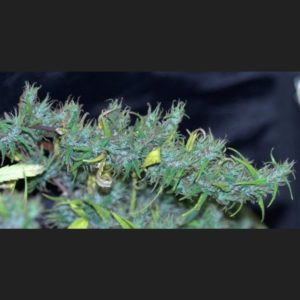
Nanda Devi
£9.99 – £18.99 Select options This product has multiple variants. The options may be chosen on the product page -
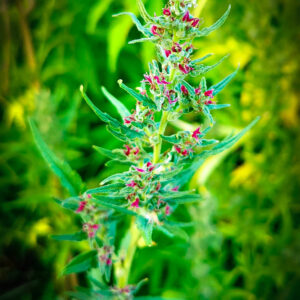
Selected Siberian (3rd Gen)
£17.49 – £34.99 Select options This product has multiple variants. The options may be chosen on the product page -
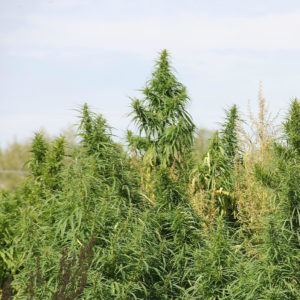
Siberian
£17.49 – £34.99 Select options This product has multiple variants. The options may be chosen on the product page